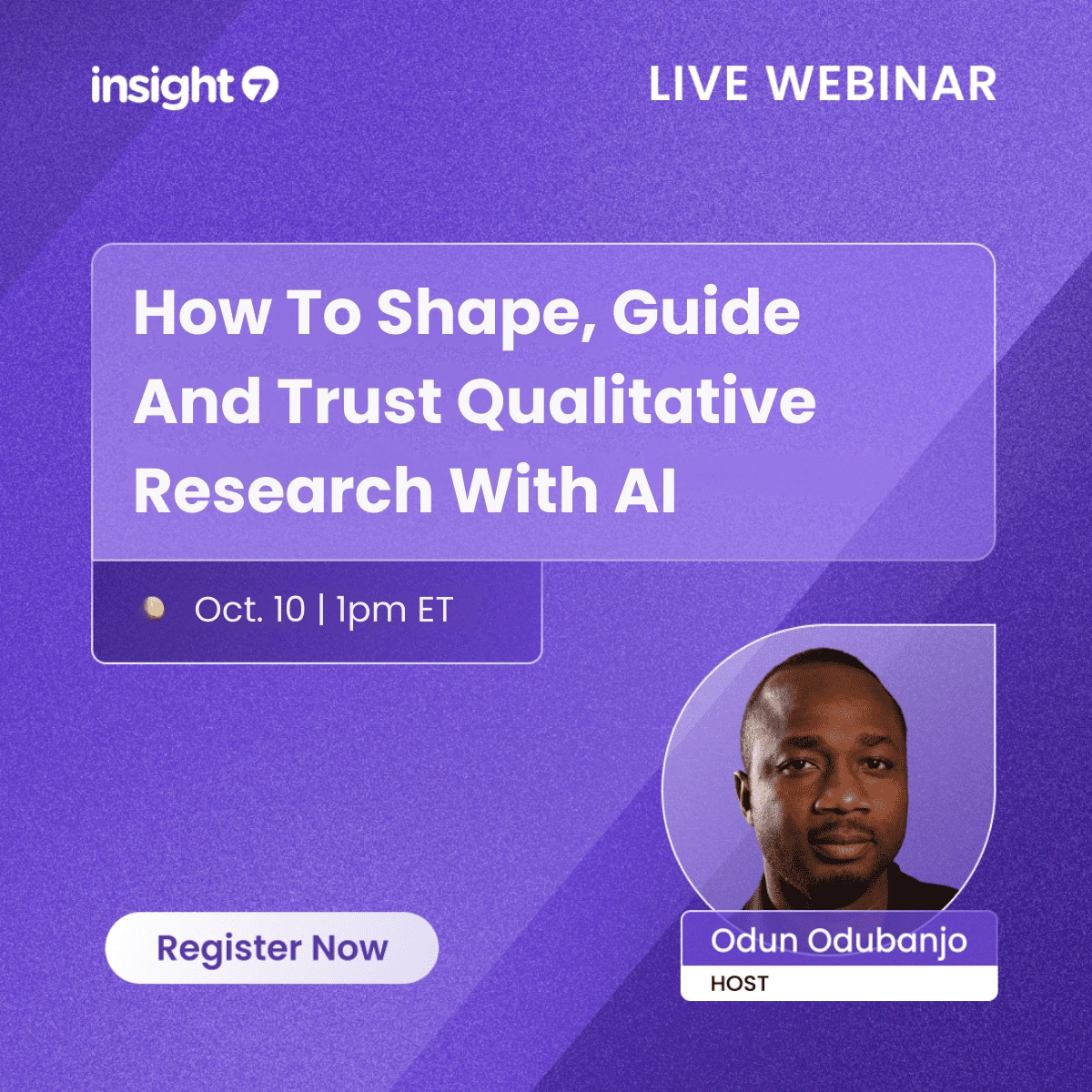How to transcribe data in qualitative research
-
Bella Williams
- 10 min read
Qualitative Data Transcription is a crucial step in qualitative research, transforming spoken words into written text. This process allows researchers to capture nuanced conversations and important insights that emerge during interviews, focus groups, or calls. It offers a foundational approach to analyzing participant responses, ensuring accuracy and detail in the data collected.
Effective transcription not only aids in analysis but also enhances the overall research quality. By converting verbal language into written form, researchers gain the ability to identify themes and patterns more readily. Understanding the nuances of transcription will empower you to derive more meaningful conclusions from qualitative data, ultimately informing your research and decision-making processes more effectively.
Understanding Qualitative Data Transcription
Qualitative data transcription involves the detailed process of converting audio recordings into written form. This step is crucial in qualitative research as it allows researchers to analyze participant responses accurately. Accurate transcription captures nuances, including tone and emphasis, which can significantly impact the interpretation of data. Moreover, consistency is vital; using a standardized format helps maintain clarity and facilitates easier data analysis.
Several key elements are essential for effective qualitative data transcription. First, ensure that the environment is quiet during the recording to minimize background noise. Next, it is important to select a reliable transcription method, whether done manually or through software. Transcribers should also familiarize themselves with research objectives, enabling them to identify and emphasize relevant dialogue during the transcription process. Finally, proofreading the text against the original audio helps in maintaining accuracy, ensuring the integrity of the qualitative data collected.
What is Qualitative Data Transcription?
Qualitative Data Transcription refers to the process of converting verbal or audio information into written text. This method is essential for qualitative research, as it allows researchers to analyze spoken data such as interviews, focus groups, or discussions. By transcribing this data, researchers can better identify themes, patterns, and insights from participants' responses, thus enriching their analysis.
Understanding the importance of precise transcription is crucial. It not only provides a permanent record of the original conversations but also enables researchers to focus on content without the distraction of remembering every detail. Accuracy and consistency are vital to ensure the reliability of the findings derived from this data. Ultimately, effective qualitative data transcription serves as a foundation for rigorous analysis and contributes significantly to the overall quality of qualitative research.
The Importance of Accurate Transcription in Qualitative Research
Accurate transcription plays a crucial role in qualitative research as it lays the foundation for data analysis. When transcribing interviews or focus groups, capturing the participants' exact words, tone, and context is essential. This level of detail ensures that the nuances and subtleties of conversation are preserved, which can significantly influence the findings of the study. Therefore, meticulous attention to detail during the qualitative data transcription process guarantees authenticity and clarity in the analysis.
Furthermore, accurate transcription reduces the risk of misinterpretation that can lead to flawed conclusions. Researchers rely on transcripts to derive insights and themes; any inaccuracies can misalign their understanding of the data. By investing time and effort into producing precise transcripts, researchers enhance the quality of their work and contribute to the reliability of their research outcomes. Ultimately, accurate transcription is not merely a technical task—it is a vital step that shapes the integrity of qualitative research findings.
Techniques for Effective Qualitative Data Transcription
Techniques for effective qualitative data transcription begin with careful planning and preparation. Start by creating a clear transcription guide that outlines essential elements such as formatting, participant identification, and any specific transcription symbols you intend to use. This guide helps maintain consistency across your recordings. Additionally, developing a robust framework for categorizing inquiries or responses will aid in the analysis process later.
Next, it is crucial to use technology wisely. Select transcription software that aligns with your needs, whether it’s automatic transcription tools or manual options. Manual transcription may require more time, but it often yields higher accuracy. Always listen to the recordings attentively, pausing frequently to ensure fidelity to the original dialogue. Finally, consider involving multiple reviewers to verify the accuracy of the final transcripts. This collaborative approach enhances the integrity of your qualitative data transcription process, ultimately supporting richer insights in your research analysis.
Manual Transcription Methods
Manual transcription methods are essential in the process of qualitative data transcription. This hands-on approach involves listening to recordings and converting speech into text. While automated transcription tools are convenient, manual methods ensure greater accuracy, especially when dealing with nuances in speech, such as accents or dialogue overlaps.
To conduct effective manual transcriptions, you can follow these steps:
Prepare Your Environment: Choose a quiet space to minimize distractions, allowing for better focus on the audio files.
Familiarize Yourself with the Content: Before beginning, get acquainted with the subject matter and the speakers' voices to improve accuracy.
Use Transcription Tools: Employ tools like foot pedals or transcription software that can assist in playback speed and pausing.
Proofread Your Work: After transcription, review the text for errors and ensure it aligns closely with the audio.
Consider Contextual Meaning: Ensure that you capture the intent and emotion behind the dialogue, which is crucial in qualitative research.
By following these steps, researchers can enhance the reliability of their qualitative data transcription and gain meaningful insights from their research participants.
Utilizing Software for Qualitative Data Transcription
Utilizing software for qualitative data transcription can significantly enhance the efficiency and accuracy of your research. Advanced transcription tools, such as those integrated with call recording software like CallRail, offer automated solutions that save time on manual transcription tasks. These tools often employ AI technology to convert spoken language into text, ensuring that the nuances of conversation are preserved. This is particularly beneficial when dealing with interviews, focus groups, or discussions that contain rich qualitative data.
Choosing the right software is essential for successful qualitative data transcription. Here are a few key considerations:
Accuracy: Look for software that offers high precision in transcription, minimizing the need for extensive editing.
Ease of Use: Select tools with user-friendly interfaces that allow quick uploads and straightforward navigation.
Collaboration Features: Tools that facilitate team access can streamline the transcription process, encouraging collaborative analysis.
By utilizing the right transcription software, researchers can focus on analyzing their qualitative data instead of getting bogged down in the transcription process itself.
Conclusion on Mastering Qualitative Data Transcription
Mastering qualitative data transcription is essential for ensuring accurate representation of research findings. High-quality transcription captures the nuances of conversations, preserving the meaning behind participants' words. When data is transcribed correctly, it enables researchers to derive meaningful insights that contribute to successful outcomes.
To conclude, embracing best practices in qualitative data transcription will enhance the integrity and reliability of your research. Taking the time to develop clear guidelines and consistent methods is crucial for achieving the desired results. Ultimately, mastering this skill will empower you to effectively communicate insights and inform decision-making processes in your field.







